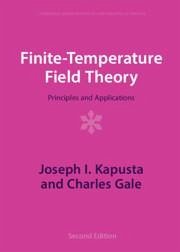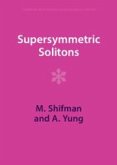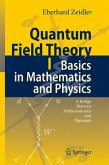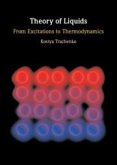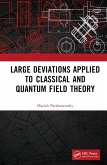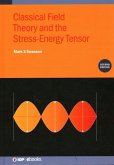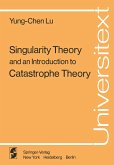This book develops the basic formalism and theoretical techniques for studying relativistic quantum field theory at high temperature and density. Specific physical theories treated include QED, QCD, electroweak theory, and effective nuclear field theories of hadronic and nuclear matter. Topics covered include: functional integral representation of the partition function, diagrammatic expansions, linear response theory, screening and plasma oscillations, spontaneous symmetry breaking, Goldstone theorem, resummation and hard thermal loops, lattice gauge theory, phase transitions, nucleation theory, quark-gluon plasma, and color superconductivity. Applications to astrophysics and cosmology cover white dwarf and neutron stars, neutrino emissivity, baryon number violation in the early universe, and cosmological phase transitions. Applications to relativistic nucleus-nucleus collisions are also included. The book is written for theorists in elementary particle physics, nuclear physics, astrophysics, and cosmology. Released initially in 2006, this title has been reissued as an Open Access publication on Cambridge Core.
Hinweis: Dieser Artikel kann nur an eine deutsche Lieferadresse ausgeliefert werden.
Hinweis: Dieser Artikel kann nur an eine deutsche Lieferadresse ausgeliefert werden.

